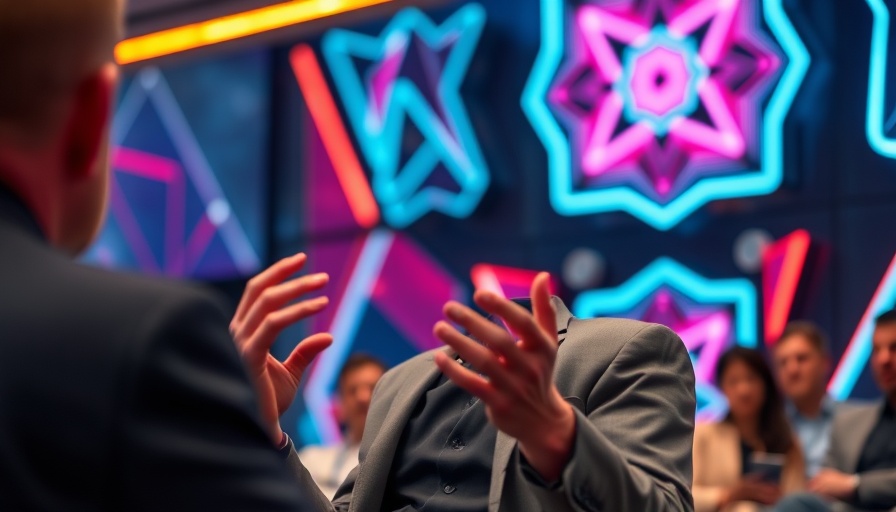
Tesla's Bold Leap into Robotaxi Rides
Tesla has officially launched its driverless robotaxi service in Austin, marking a significant milestone in the evolution of autonomous transportation. This launch, which took place nearly a decade after CEO Elon Musk first introduced the concept, aims to test whether fully autonomous vehicles can successfully navigate urban environments using Tesla's unique approach centered on cameras and artificial intelligence.
The Driverless Experience Unfolds
Starting at a flat fee of $4.20 per ride, early-access users can now request rides in Tesla's Model Y SUVs through a dedicated app. However, the rollout has raised unanswered questions about safety and operational specifics. While competing companies like Waymo have established detailed service protocols, Tesla's app documentation lacks some critical information, leaving potential riders curious about the intricacies of this new service.
Testing the Waters in South Austin
Initially, the robotaxi fleet will consist of about 10 Model Y vehicles operating in South Austin, an area that has already been prepped with a designated robotaxi depot. Observers like Ed Niedermeyer have noted the presence of safety monitors in the vehicles, indicating that while these rides are autonomous, a human presence is necessary for oversight, at least for now.
The Bigger Picture: Future of Robotics and AI
This initiative aligns with a growing trend in tech towards robotics and AI-driven solutions that promise to reshape industries, from transportation to healthcare. As riders become accustomed to AI-driven services, the implications for future tech industries could be vast. Innovations in autonomous technology can lead to even greater advancements in sectors such as healthcare with applications ranging from AI-assisted surgery to telehealth.
Risks and Considerations
While the excitement around Tesla's robotaxi service is palpable, risks remain. The move raises ethical questions regarding data privacy and safety in AI applications, with potential repercussions for user trust in autonomous technologies. As businesses adopt AI-powered tools, they must balance innovation with responsible data management and prioritize the security of personal information.
What Lies Ahead?
The response from users and the broader community will play a pivotal role in defining the future of Tesla's robotaxi initiative. With ongoing advancements in 5G technology and AI automation tools, the landscape of personal and public transportation could evolve rapidly. Embracing disruptive innovations might lead to a more seamless integration of technology in our daily lives, but it calls for open dialogues about regulations and user safety.
As this service unfolds, tech enthusiasts and curious observers alike are invited to follow the developments closely. With Austin now in the spotlight as a testing ground for futuristic technologies, the implications for cities worldwide could be transformative.
 Add Row
Add Row  Add
Add 




Write A Comment